
Study: Alpine glaciers to lose 34-50% of volume by 2050

A Franco-Swiss study predicts that the volume of ice in Europe’s glaciers will shrink by 34-50% by 2050 due to the climate crisis.
In the most optimistic scenario – where global temperatures stopped rising in 2022 – at least 34% of the ice in the European Alps will still disappear by 2050 due to an inertia phenomenon, according to a new computer model developed by scientists from the University of Lausanne (UNIL) in collaboration with the University of Grenoble, the two federal technology institutes (EPFL and ETH Zurich) and the University of Zurich .
The reality is likely to be different, however, since greenhouse gas emissions continue to rise globally, UNIL said in a press release on Friday.
+ Why melting glaciers affect us all
The second, more realistic projection shows that if the melting trend of the past 20 years continues, almost half (46%) of the volume of ice in the Alps will have disappeared by 2050. This could rise to 65%, if based on data from the last ten years only.
Unlike traditional scientific models, which generally project estimates for the end of the century, this new study proposes a short-term outlook.
+ ‘It’s sad waving goodbye to a dying glacier’
“The data used to construct the scenarios stops at 2022, a year which was followed by an exceptionally hot summer. It is therefore likely that the situation will be even worse than the one we present,” says Samuel Cook, an UNIL researcher and first author of the study.
+ Swiss glaciers melt faster than expected
According to previous studies, such as those of the Intergovernmental Panel on Climate Change (IPCC), European glaciers could lose between 80- 90% of their volume by 2100. Modelling by ETH Zurich and the Swiss Federal Institute for Forest, Snow and Landscape Research (WSL), published in 2019, also calculated a loss of 50% of ice by 2050.
The scientists used deep learning datasets to train their model alongside actual climate and glaciological data. “This essential step, previously complicated and intensive in computing resources, now becomes more precise and efficient,” said Guillaume Jouvet, co-author of the study.
This news story has been written and carefully fact-checked by an external editorial team. At SWI swissinfo.ch we select the most relevant news for an international audience and use automatic translation tools such as DeepL to translate it into English. Providing you with automatically translated news gives us the time to write more in-depth articles. You can find them here.
If you want to know more about how we work, have a look here, and if you have feedback on this news story please write to english@swissinfo.ch.

In compliance with the JTI standards
More: SWI swissinfo.ch certified by the Journalism Trust Initiative
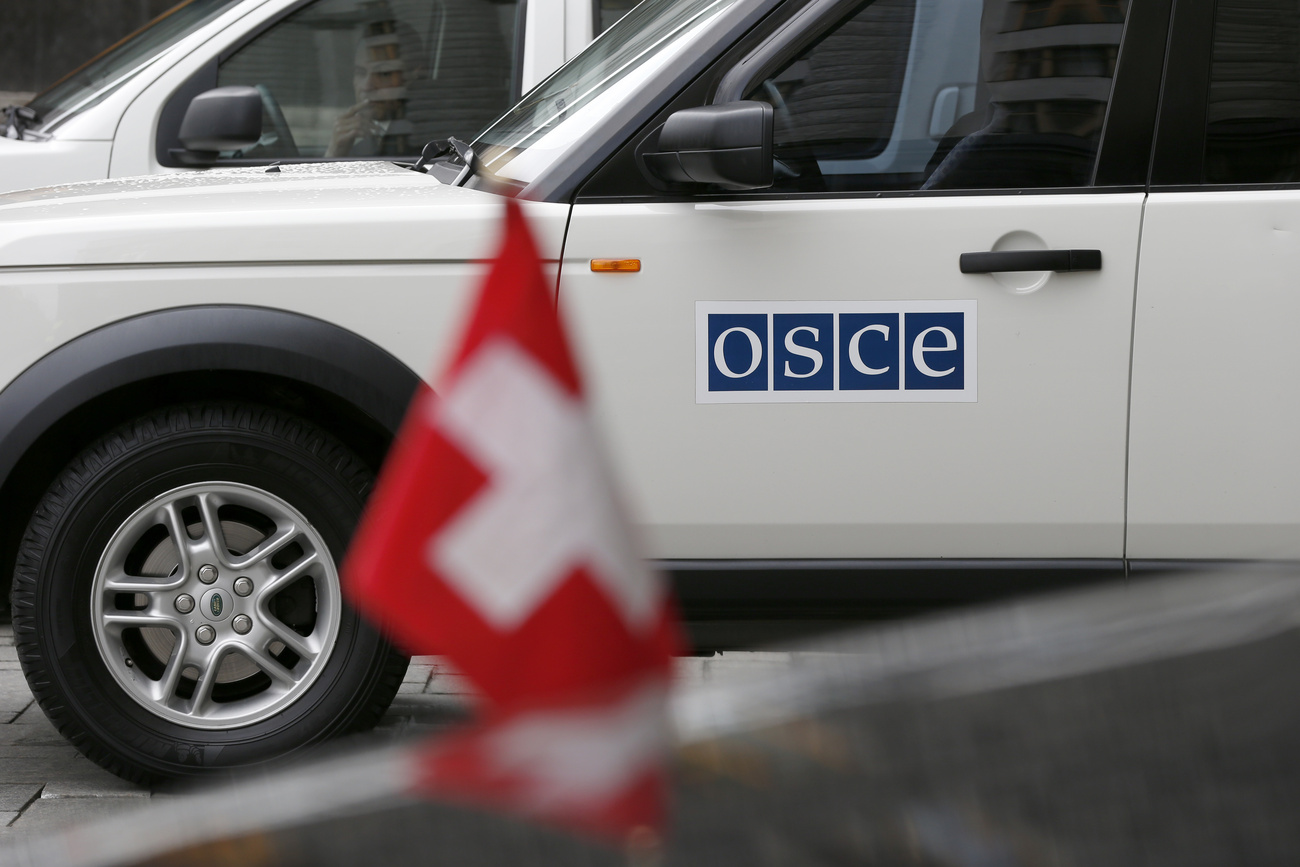


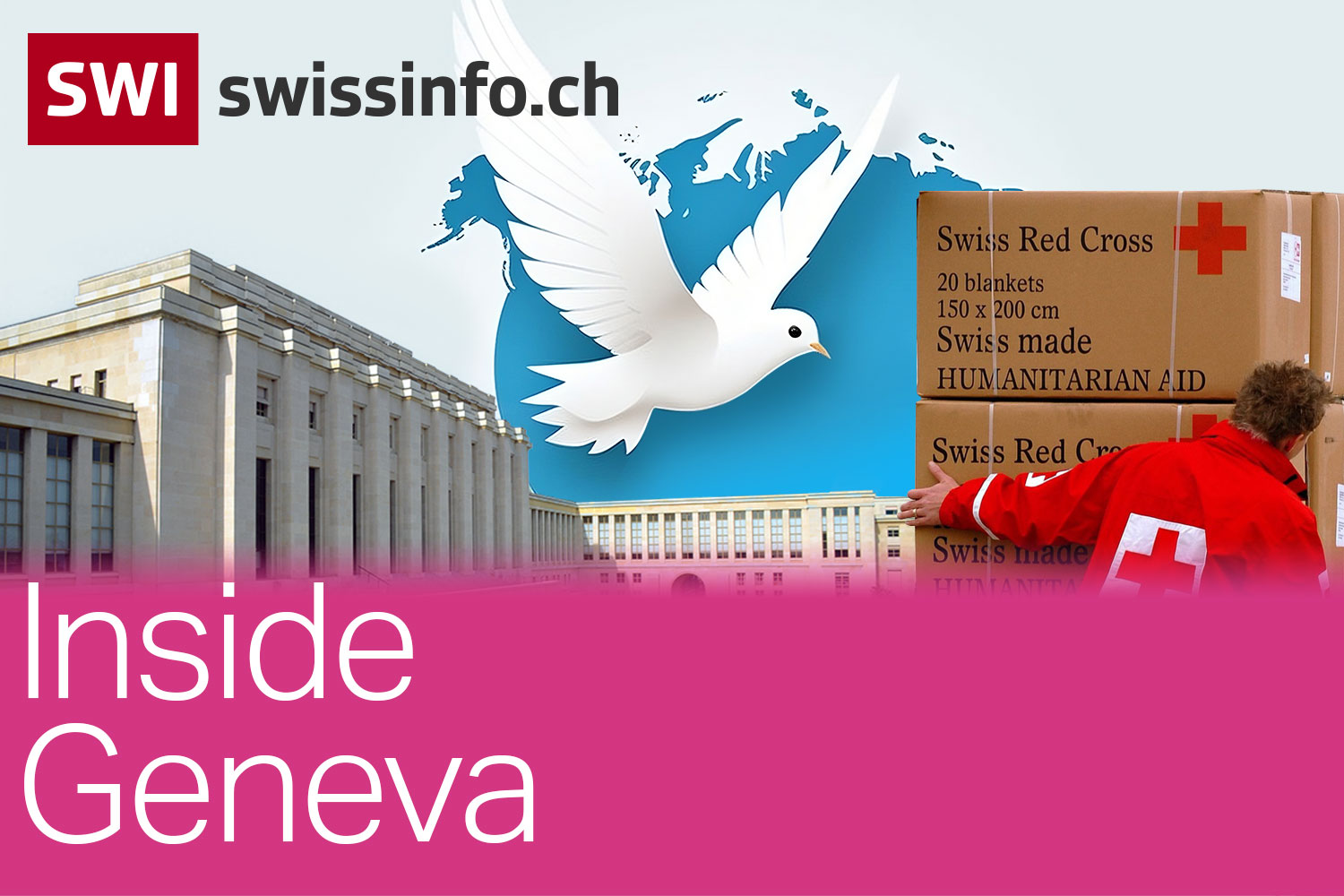






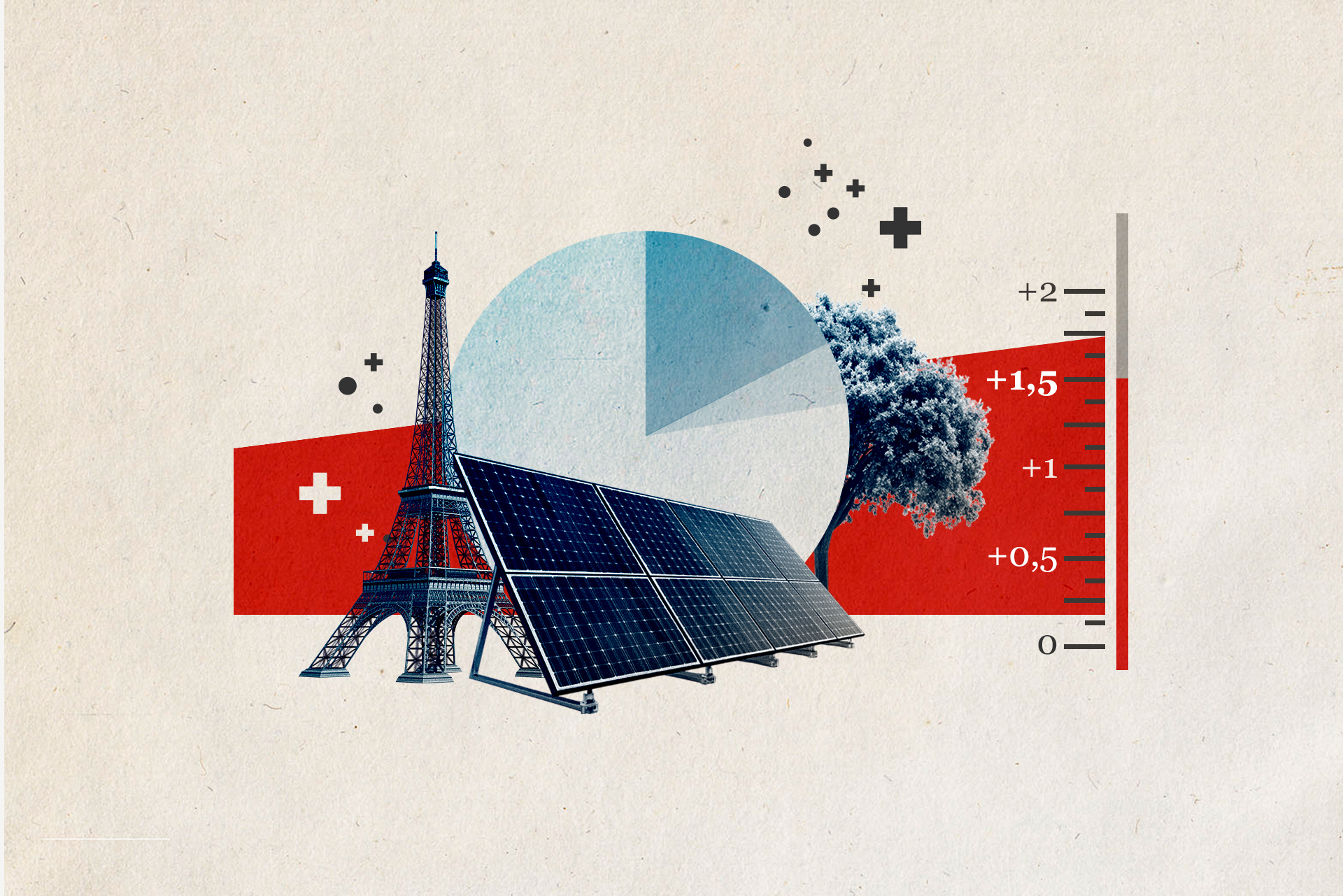


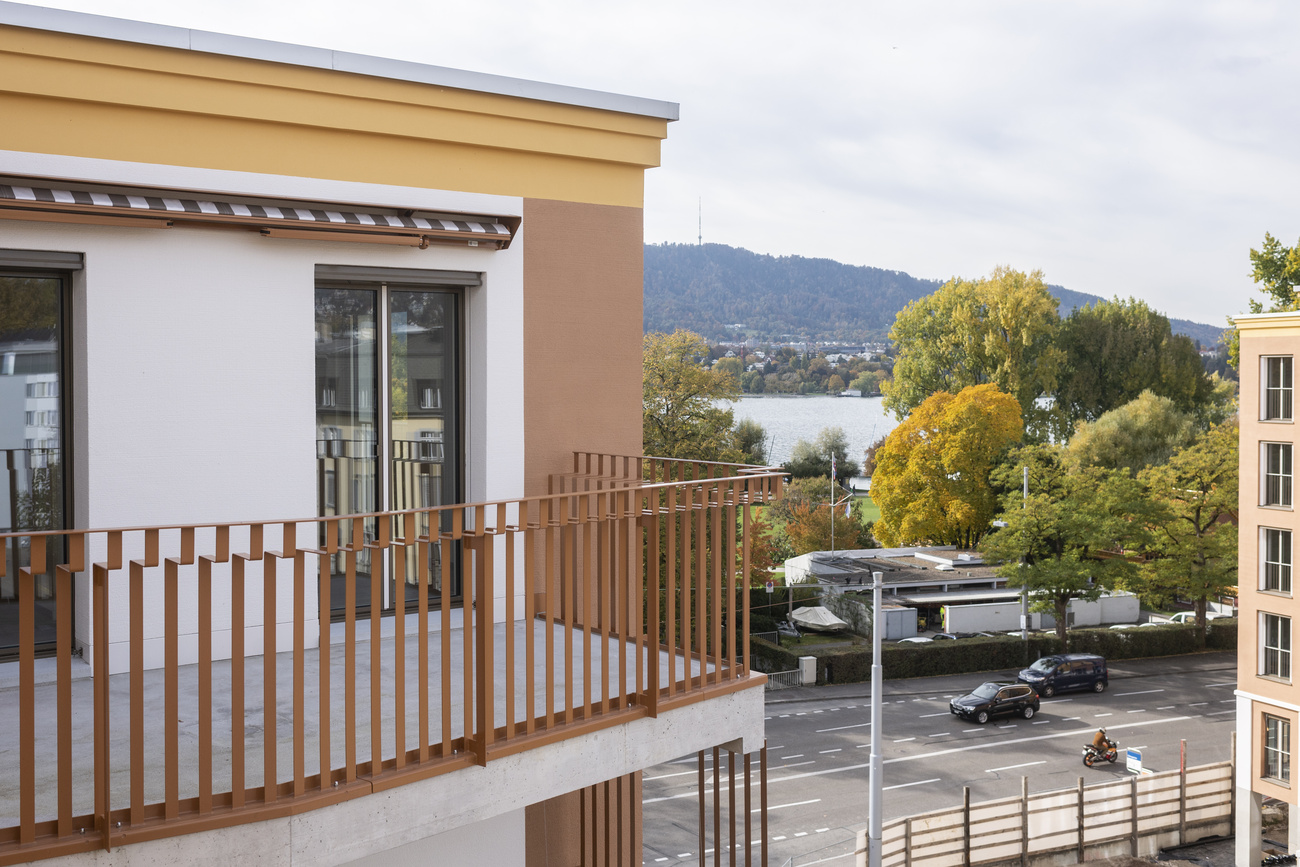

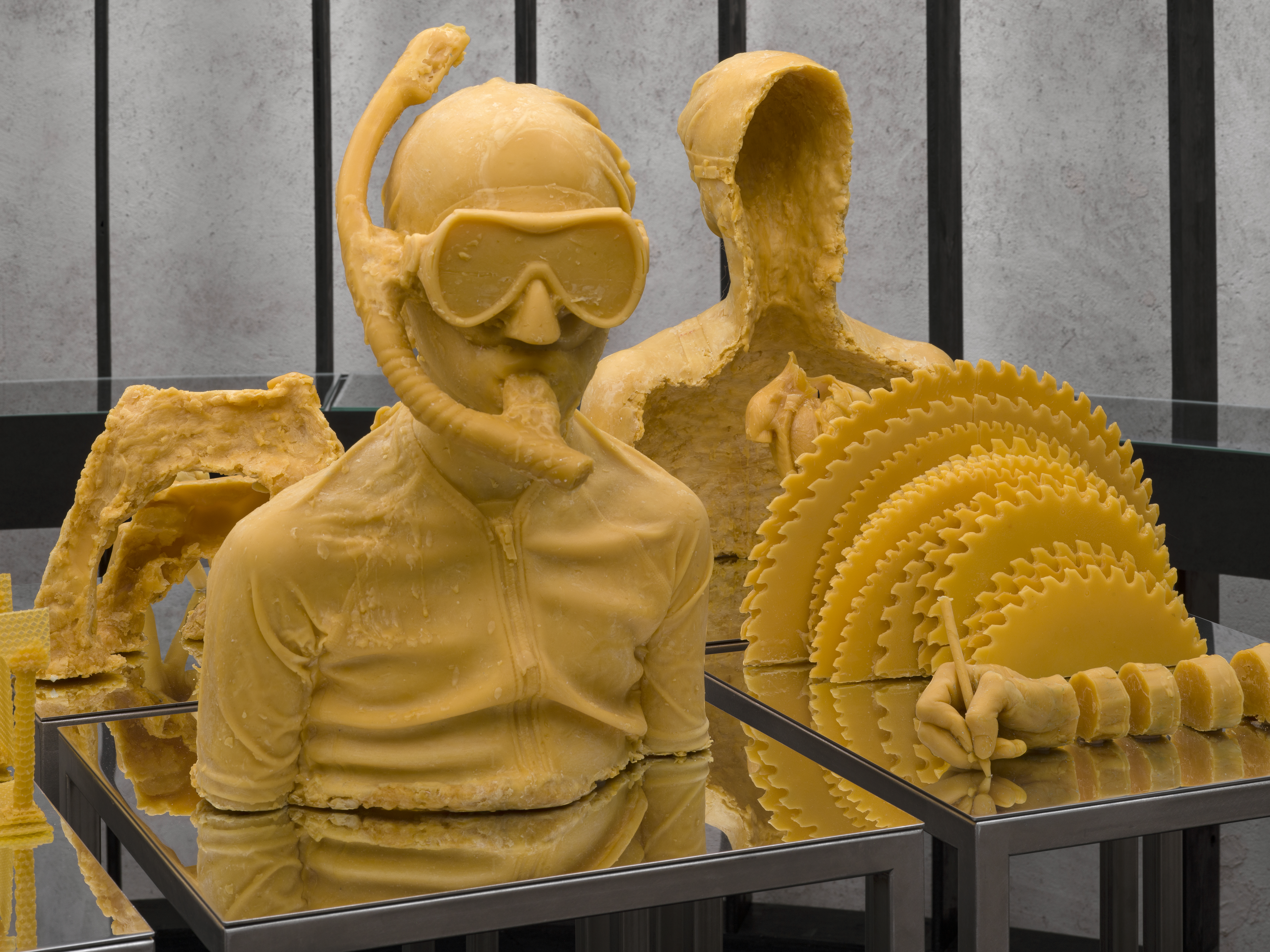
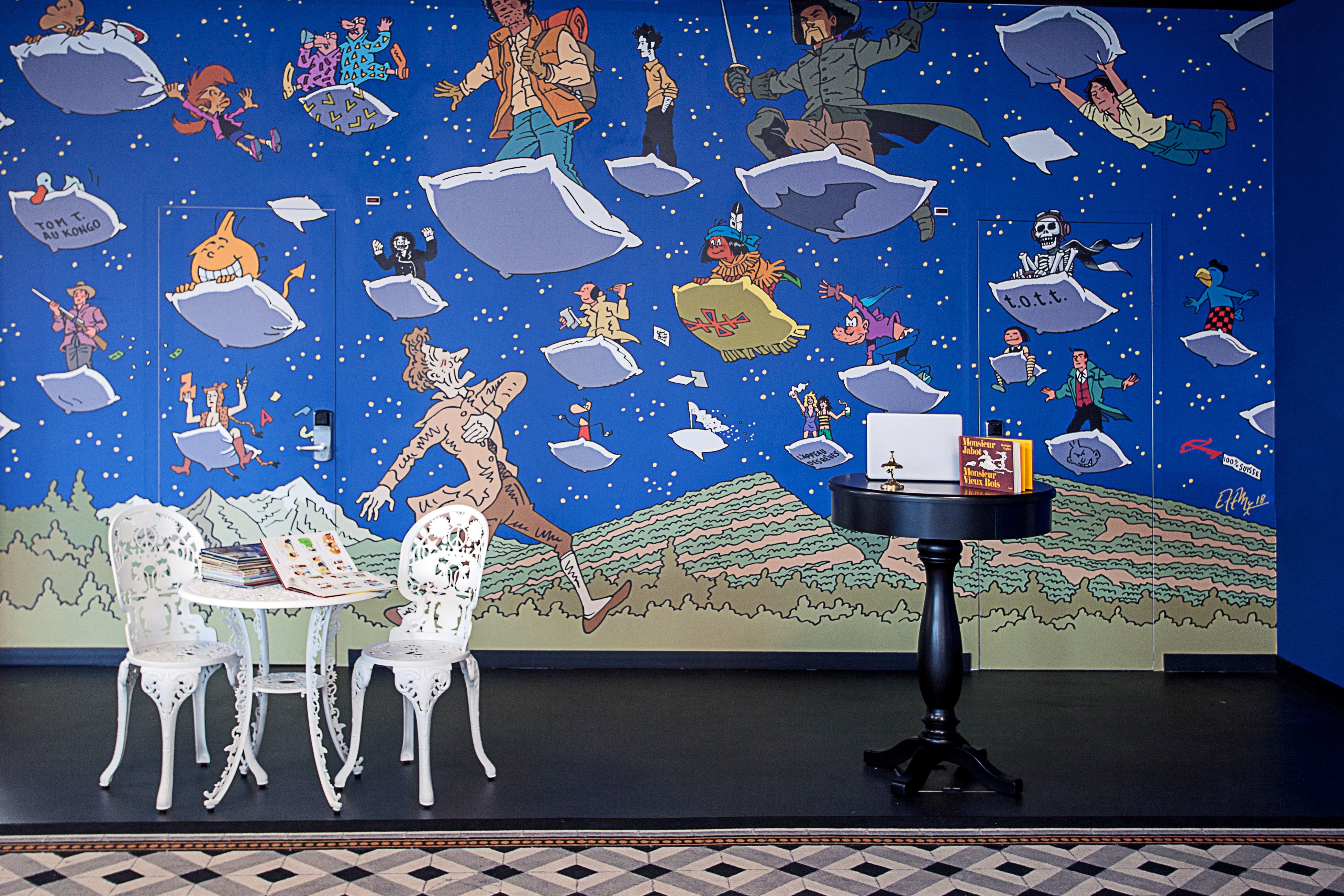










You can find an overview of ongoing debates with our journalists here . Please join us!
If you want to start a conversation about a topic raised in this article or want to report factual errors, email us at english@swissinfo.ch.